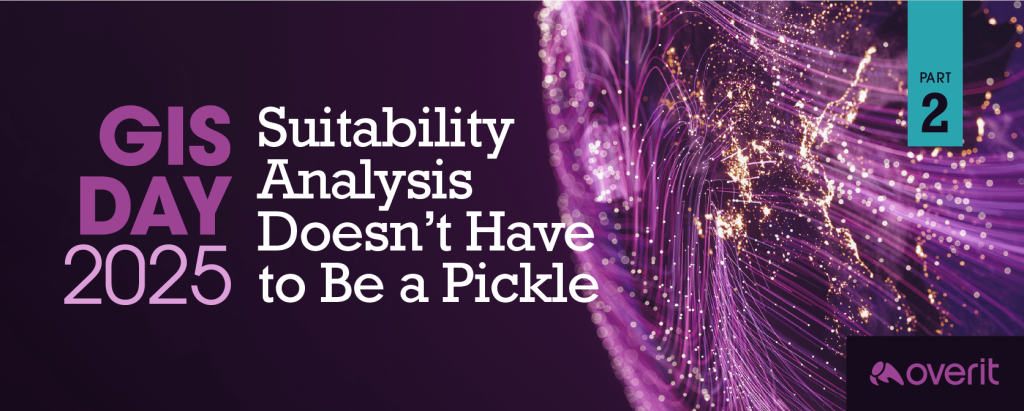 What is a character rig? Wikipedia defines it as:
What is a character rig? Wikipedia defines it as:
“…a [3D] character is represented in two parts: a surface representation used to draw the character (called skin or mesh) and a hierarchical set of interconnected bones (called the skeleton or rig) used to animate (pose and keyframe) the mesh.”
In other words, the rig is the “puppet” controls inside of a character that an animator uses to move a character around in a scene. The animator will position the character into different poses at different times along a timeline (known as keying) to get the puppet to move and act in a scene. These poses are similar to the snapshots you see when pausing a video. A scene can take anywhere from a few hours to a few weeks to animate, depending on the needs of the scene, the character complexity and whether or not there’s more than one character.
So why would you want a swappable rig then? Well, if a character is proportionally the same – both characters can use the same rig. This helps to save time in constructing the characters. We employed this technique for our 2011 Holiday eCard animation –
[vimeo]http://vimeo.com/34037654[/vimeo]
The biggest advantage to having the same rig for multiple characters is to reuse animation without having to reanimate an action for each character. This saves the animator time and allows the saved time to add to the personality of the animation. For example, an animator might only be allowed to spend four-to-six hours on a run cycle, and needs to complete two run cycles (one for each character). With a swappable rig, he or she would then be able to spend six-to-eight hours on one run cycle and be able to use it for both characters. They could even add a second layer of animation on top of the cycle to add variation between the two different characters if needed.






